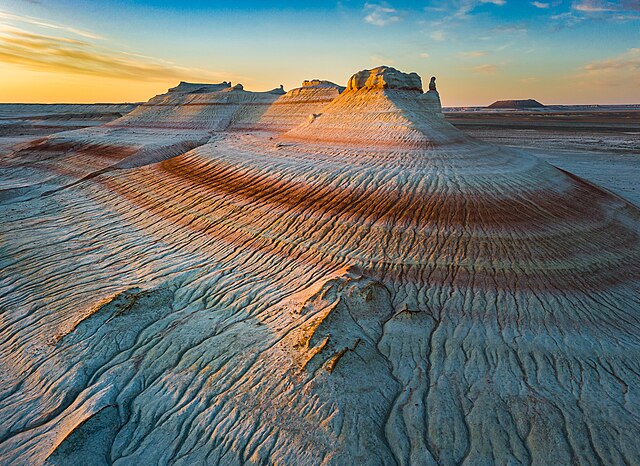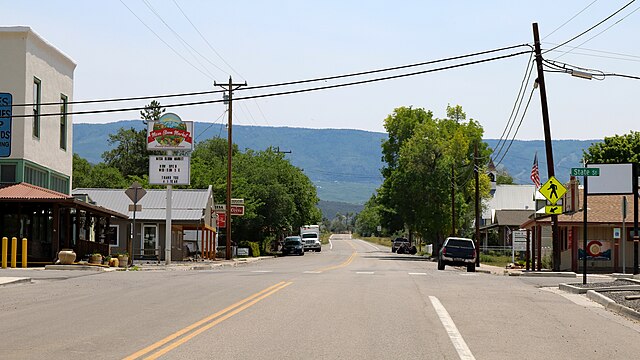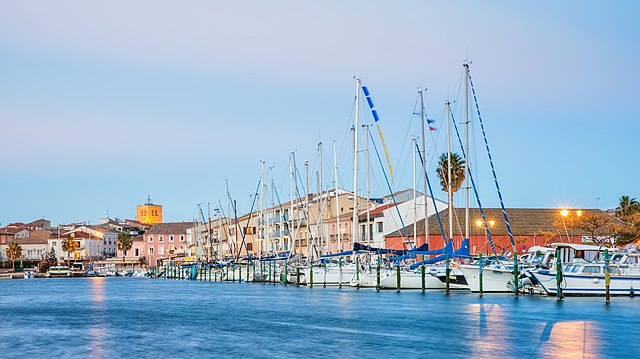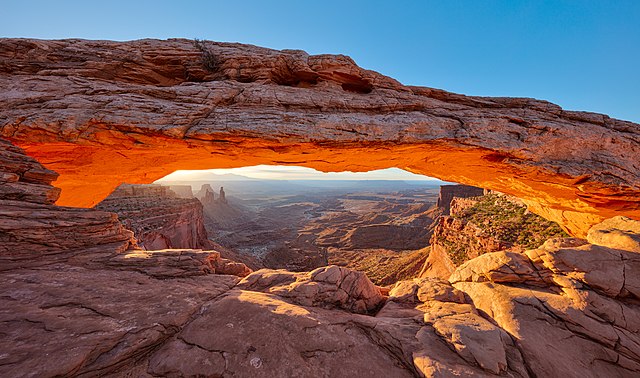Understanding Mesa’s Desert Climate
Picture this: you’re standing in the heart of Arizona’s Sonoran Desert, where the sun blazes overhead and the landscape stretches endlessly toward distant mountains. Welcome to Mesa, where the weather tells a story of extremes, beauty, and surprising diversity that goes far beyond the stereotype of “just hot and dry.”
Mesa experiences summers that are sweltering and dry, winters that are cool, and mostly clear skies year-round, with temperatures typically ranging from 43°F to 106°F. But there’s so much more to this desert city’s climate than meets the eye.
What Makes Mesa’s Weather Unique?
Mesa’s weather isn’t just about heat – it’s about understanding a complex desert ecosystem that creates one of the most predictable yet varied climates in the United States. Located in the Sonoran Desert, Mesa sits at an elevation of approximately 1,243 feet above sea level, which significantly influences its weather patterns.
The city’s location in the Salt River Valley creates a unique microclimate. Think of it as nature’s own climate laboratory, where the surrounding mountains act like protective walls, creating temperature inversions and affecting wind patterns. This geographic positioning means Mesa experiences what meteorologists call a “hot desert climate” or BWh classification under the Köppen climate system.
What sets Mesa apart from other desert cities? It’s the combination of low humidity, abundant sunshine (over 300 sunny days per year), and minimal precipitation that creates an environment where you can actually plan outdoor activities months in advance with confidence.
Seasonal Weather Patterns in Mesa
Mesa’s weather follows a predictable rhythm that residents and visitors learn to dance with. Each season brings its own personality, challenges, and opportunities.
Spring Weather (March-May)
Spring in Mesa is like nature’s gentle awakening. March arrives with temperatures climbing from the comfortable 70s to the pleasant 80s by day, while nights remain cool and refreshing. This is when the desert truly comes alive – wildflowers bloom, hiking trails beckon, and patios fill with people eager to soak up the perfect weather.
April and May continue this upward temperature trend, with daytime highs reaching into the 80s and 90s. The humidity remains low, making even the warmer days comfortable. Spring is also one of the driest periods of the year, with minimal rainfall and endless blue skies.
Summer Weather (June-August)
Now we’re talking about Mesa’s claim to fame – or infamy, depending on your perspective. Summer in Mesa isn’t just hot; it’s an experience that demands respect, preparation, and adaptation.
July temperatures can soar to 101.8°F (38.8°C), and that’s just the average! The summer heat typically arrives in earnest by mid-May and doesn’t let up until September. During peak summer months, temperatures regularly exceed 105°F, and triple-digit heat becomes the norm rather than the exception.
Surviving Mesa’s Scorching Summers
Here’s where living in Mesa becomes an art form. The key to summer survival isn’t just air conditioning (though that’s crucial) – it’s about adjusting your entire lifestyle rhythm. Early morning hours, from 5 AM to 8 AM, become precious time for outdoor activities. Evening hours after 7 PM offer another window of opportunity when temperatures might drop to the merely “very hot” range.
The summer heat creates its own microeconomy. Pools become essential rather than luxurious, and smart residents plan their errands for early morning or late evening. It’s like living in a different time zone – not geographically, but thermally.
Fall Weather (September-November)
Fall in Mesa is the reward for enduring summer’s intensity. September still carries summer’s heat signature, but by October, temperatures begin their blessed descent. November emerges as one of Mesa’s most perfect months, with daytime temperatures in the comfortable 70s and 80s and nighttime lows that might actually require a light jacket.
This is when Mesa’s outdoor dining scene explodes back to life. Restaurant patios reopen, hiking trails see renewed traffic, and the city’s numerous golf courses experience their busiest season.
Winter Weather (December-February)
Mesa’s winter is what dreams are made of – at least for those escaping harsh northern climates. December temperatures average around 62.4°F (16.9°C), creating conditions that northern residents pay thousands of dollars to experience.
Winter days typically feature highs in the 60s and 70s with brilliant sunshine, while nights can dip into the 40s. Yes, you might need a sweater or light jacket, but you’ll never need to scrape ice off your windshield or shovel snow from your driveway.
Why Mesa Winters Are Perfect for Snowbirds
There’s a reason why Mesa’s population swells during winter months. The combination of warm, sunny days and cool, comfortable nights creates ideal conditions for outdoor activities. It’s warm enough for golf, hiking, and outdoor dining, yet cool enough to be comfortable during physical activities.
Monthly Weather Breakdown

Understanding Mesa’s weather month by month helps you plan everything from vacations to major life decisions. Here’s your detailed guide:
January: Cool and pleasant, with average highs around 67°F and lows around 45°F. Perfect for hiking and outdoor activities.
February: Warming up slightly, with highs reaching the low 70s. Wildflower season begins if winter rains were adequate.
March: Temperatures climb to the upper 70s. Spring training season brings baseball fans and perfect weather.
April: Delightful weather with highs in the mid-80s. This is prime time for outdoor festivals and events.
May: Getting warmer with highs reaching the low 90s. Pool season officially begins.
June: The heat arrives with highs in the triple digits. Summer lifestyle adaptations begin.
July: Peak heat with average highs around 106°F. The famous Arizona heat everyone talks about.
August: Continues the intense heat, but monsoon season may bring dramatic thunderstorms.
September: Still very hot with highs in the 90s, but the end of summer is in sight.
October: Blessed relief with temperatures dropping to the 80s. Outdoor life resumes.
November: Perfect weather returns with highs in the 70s and comfortable nights.
December: Cool and pleasant, with the year’s coolest temperatures in the 60s.
Temperature Extremes Throughout the Year
Mesa’s temperature extremes tell the story of a true desert climate. The record high temperature reached a scorching 118°F, while the record low dropped to a surprisingly chilly 16°F. This 102-degree difference illustrates the dramatic temperature variations possible in desert climates.
Most years, you can expect summer highs to exceed 110°F several times, while winter lows rarely drop below 35°F. The daily temperature swings can be dramatic too – a 100°F day might cool to 75°F by dawn, thanks to the desert’s low humidity and clear skies.
Precipitation and Rainfall Patterns
When people think of desert weather, they often imagine endless drought. While Mesa is indeed arid, its precipitation patterns are more complex and interesting than you might expect.
Mesa receives around 285 mm (11.2 inches) of rainfall per year, which classifies it as having virtually no rainfall by many climate standards. However, this precipitation doesn’t fall evenly throughout the year – it arrives in two distinct seasons.
Winter brings gentle, steady rains from Pacific storm systems, while summer delivers dramatic monsoon thunderstorms that can dump months’ worth of rain in a single afternoon.
Mesa’s Monsoon Season
The North American Monsoon system creates one of Mesa’s most spectacular weather phenomena. From July through September, moisture flows in from the Gulf of California and the Gulf of Mexico, creating towering thunderstorms that can reach 40,000 feet into the atmosphere.
These aren’t your typical rainstorms. Monsoon thunderstorms are dramatic events featuring intense rainfall, lightning displays that illuminate the entire sky, and winds that can exceed 60 mph. A single storm might drop 2-3 inches of rain in an hour, temporarily transforming the desert landscape.
Staying Safe During Monsoon Season
Monsoon season brings unique challenges that residents and visitors must understand. Flash flooding can occur within minutes, turning normally dry washes into raging rivers. The motto “Turn Around, Don’t Drown” becomes critically important during these events.
Dust storms, locally known as “haboobs,” can also accompany monsoon weather, reducing visibility to near zero and creating hazardous driving conditions. These massive walls of dust can tower thousands of feet high and stretch for miles across the valley.
Best Times to Visit Mesa
Timing your visit to Mesa depends entirely on your heat tolerance and activity preferences. Here’s the insider’s guide to choosing the perfect time:
Prime Time (November-March): This is Mesa’s peak season for good reason. Weather is absolutely perfect for outdoor activities, with warm days and cool nights. Expect higher accommodation prices and more crowded attractions.
Shoulder Season (April-May and October): Excellent weather with fewer crowds and better prices. April and May offer perfect conditions before summer heat arrives, while October provides relief after the summer siege.
Value Season (June-September): Extreme heat keeps many visitors away, but this creates opportunities for significant savings on accommodations and activities. If you can handle the heat, you’ll find great deals and fewer crowds at indoor attractions.
Peak Season vs. Off-Season Weather
Peak season weather in Mesa is what postcards are made of – sunny skies, comfortable temperatures, and minimal rainfall. It’s when the city’s population swells with “snowbirds” escaping harsh northern winters.
Off-season weather, while challenging, offers its own rewards. Summer rates at resorts can be 70% lower than peak season, and you’ll have pools and golf courses largely to yourself in the early morning hours.
Weather-Related Activities and Outdoor Recreation

Mesa’s weather creates a unique activity calendar that locals know by heart. The key is matching your activities to the season and even the time of day.
Summer Indoor Activities
When the mercury soars, Mesa’s extensive indoor entertainment options become lifesavers. Shopping malls, museums, movie theaters, and indoor recreation centers provide air-conditioned relief. Many residents develop summer routines that revolve around indoor activities during peak heat hours.
The Mesa Arts Center, Arizona Museum of Natural History, and numerous shopping centers become popular destinations. Many fitness enthusiasts move their workouts indoors or to early morning hours when temperatures are more manageable.
Winter Outdoor Adventures
Winter weather transforms Mesa into an outdoor paradise. Hiking trails in the Superstition Mountains, Usery Mountain Regional Park, and South Mountain Park offer perfect conditions for exploration. The weather is ideal for cycling, with numerous bike paths and mountain biking trails.
Golf becomes a year-round activity, with Mesa’s numerous courses hosting players from around the world. Tennis, horseback riding, and outdoor dining flourish during these months.
Preparing for Mesa’s Weather

Living in or visiting Mesa requires specific preparation strategies that go beyond typical weather planning.
Essential Weather Gear
Summer survival kit includes high-SPF sunscreen, wide-brimmed hats, UV-protective clothing, and always – always – plenty of water. Cars should have emergency water supplies and sunshades for windshields.
Winter preparation is simpler but still important. Light jackets, layers for temperature changes, and perhaps a warm blanket for outdoor evening events cover most situations.
Year-round essentials include quality sunglasses, as the desert sun is intense even in winter, and moisturizing products to combat the dry air.
Climate Change and Mesa’s Future Weather
Mesa’s weather patterns are gradually changing, with climate scientists observing trends toward hotter summers and altered precipitation patterns. Summer temperatures are showing slight increases over decades, while winter temperatures remain relatively stable.
These changes have implications for everything from urban planning to energy consumption. The city is adapting with increased urban forestry, more efficient building codes, and enhanced water conservation measures.
Conclusion
Mesa’s weather is far more than just statistics and temperature readings – it’s a living, breathing force that shapes every aspect of life in this desert city. From the gentle perfection of winter days to the intense drama of summer heat and monsoon storms, Mesa’s climate creates a unique lifestyle that residents either love or learn to navigate.
Understanding Mesa’s weather patterns isn’t just about knowing when to pack a jacket or plan a pool day. It’s about appreciating the rhythm of desert life, respecting the power of extreme temperatures, and discovering the surprising beauty that emerges from what many consider harsh conditions.
Whether you’re planning a visit, considering a move, or simply curious about life in the Sonoran Desert, Mesa’s weather offers both challenges and rewards. The key is preparation, respect for the climate’s extremes, and an appreciation for the spectacular beauty that emerges from one of America’s most distinctive weather patterns.
The desert doesn’t make life easy, but it makes life interesting. And in Mesa, the weather is always, definitely, part of the story.
Frequently Asked Questions
Q1: What is the hottest month in Mesa, Arizona?
July is typically the hottest month in Mesa, with average high temperatures reaching 106°F and daily highs frequently exceeding 110°F. The heat can be intense from June through August, but July consistently records the highest temperatures.
Q2: Does it ever snow in Mesa?
Snow in Mesa is extremely rare, occurring perhaps once every 10-20 years and usually melting within hours. The last measurable snowfall was minimal, and most longtime residents have never seen snow accumulate in the city.
Q3: When is monsoon season in Mesa?
Mesa’s monsoon season typically runs from July through September, with peak activity in July and August. These storms bring dramatic thunderstorms, heavy rainfall, lightning, and sometimes dust storms that can significantly impact daily life.
Q4: What’s the best time to visit Mesa if you don’t like extreme heat?
The ideal time to visit Mesa for those sensitive to heat is November through March. During these months, daytime temperatures range from the 60s to 70s, and nighttime temperatures are comfortable for outdoor activities.
Q5: How should I prepare for Mesa’s summer heat?
Prepare for Mesa’s summer heat by staying hydrated, limiting outdoor activities to early morning or late evening hours, wearing sun protection, and ensuring reliable air conditioning. Always carry water, especially when driving, and never underestimate the intensity of the desert heat.

